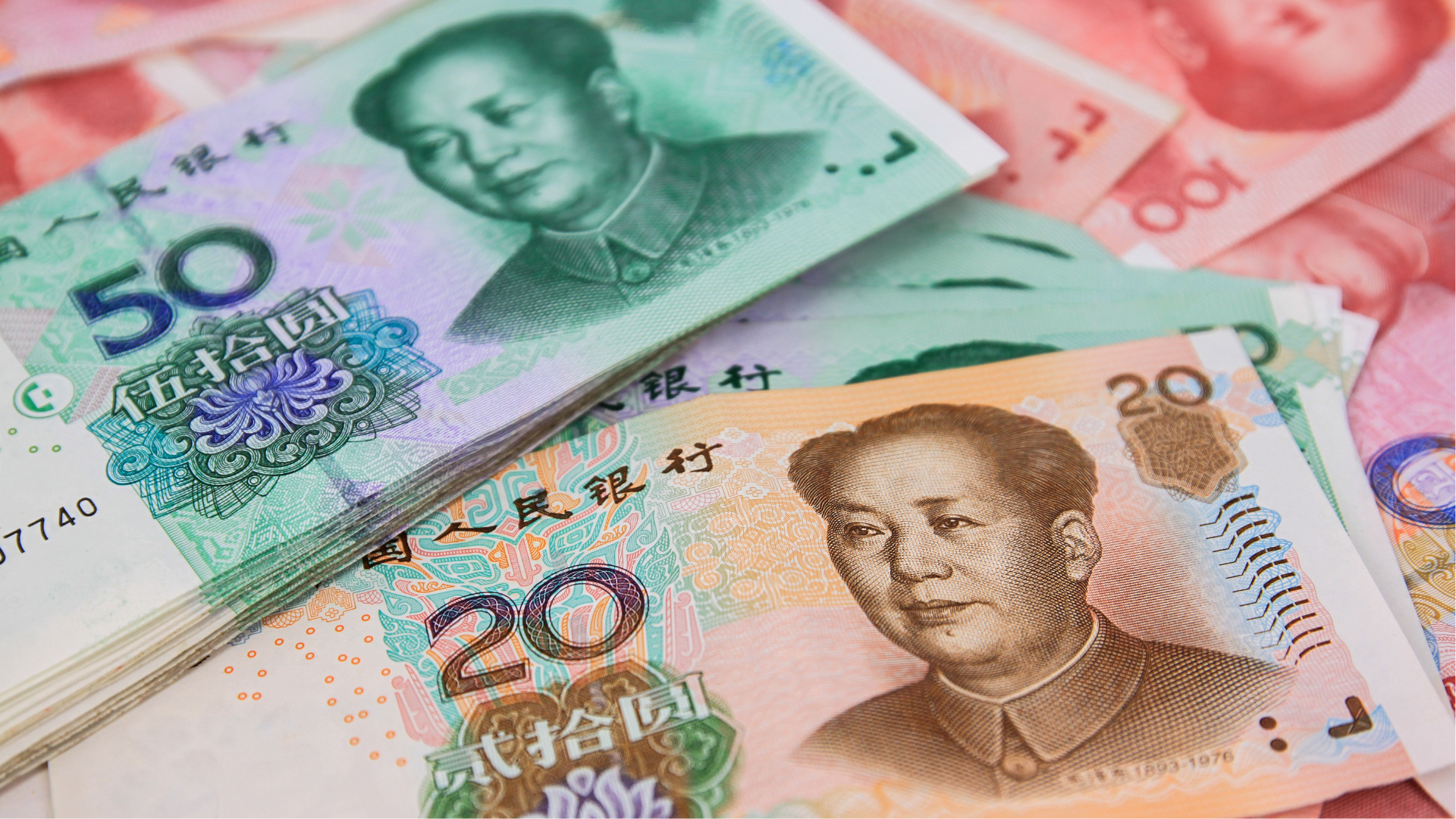China has announced a CNY 50 trillion stimulus package designed to reflate its economy as it faces a prolonged slowdown. The move, which represents an unprecedented effort by the government, aims to inject liquidity into various sectors, ranging from infrastructure to technology. With global economic pressures and rising domestic challenges, the stimulus is seen as a critical step to revive growth and maintain stability amid increasing uncertainty.
The stimulus plan includes substantial investments to support private sector growth, coupled with measures to reduce taxes and increase government spending. Key areas of focus include expanding infrastructure projects and encouraging consumer spending to offset weak demand. This action comes as China grapples with weaker-than-expected export demand and a cooling housing market, leading to calls for a more aggressive approach to stabilize the economy.
While the stimulus is expected to provide short-term relief, it also raises concerns about the long-term consequences of increased debt. With China’s already high levels of borrowing, experts are warning that fiscal imbalances could worsen, potentially limiting future fiscal flexibility. The move has also sparked debate about whether such large-scale intervention could distort the market and delay necessary structural reforms.
Despite these concerns, investors have welcomed the package, viewing it as a clear signal that the Chinese government is committed to economic recovery. The market reaction has been largely positive, with expectations that this fiscal boost could provide the momentum needed to meet growth targets in the near term. However, attention will now turn to how effectively these policies are implemented and whether they can deliver lasting results without exacerbating systemic risks.
















